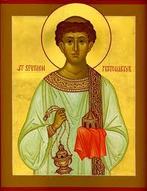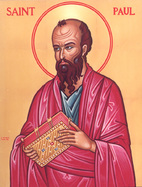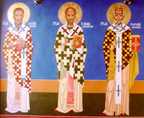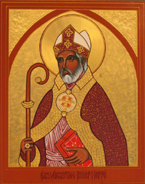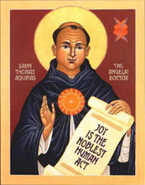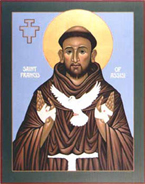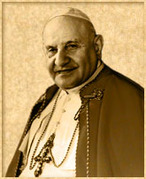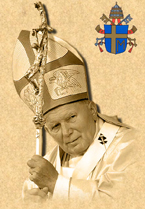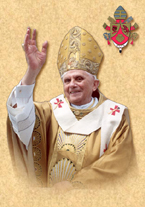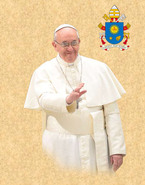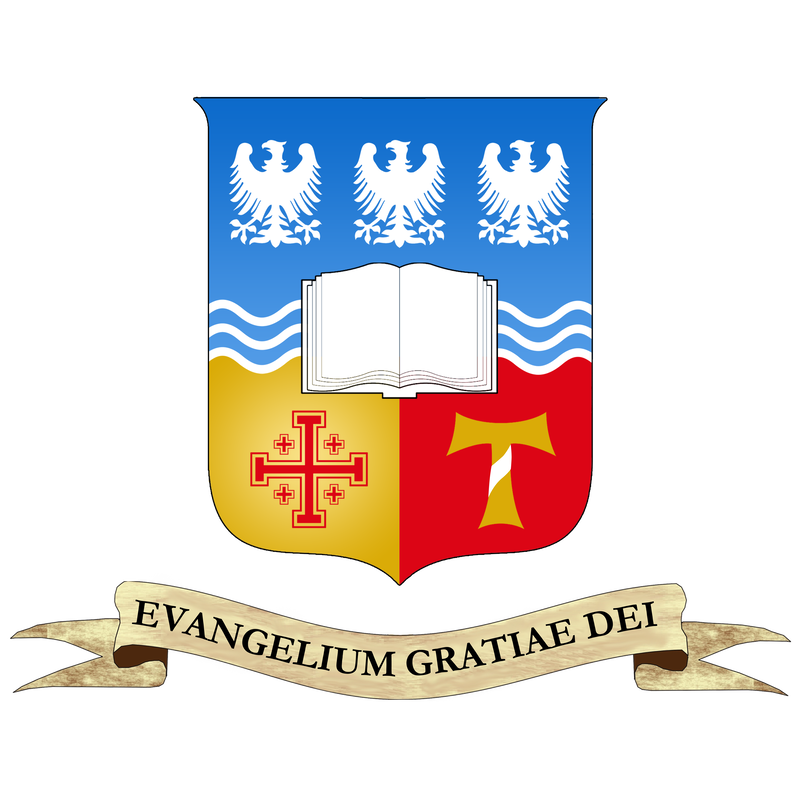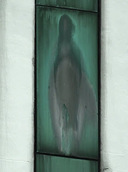 The past few days have been one of the most sensational seasons in the life of the Catholic Church in West Malaysia. This began since the public sighting of an alleged image of our Blessed Virgin Mary on the window pane of Sime Darby Medical Centre in Subang Jaya. You can read more about this inconclusive phenomenon here. The purpose of this post is to provide a little catechesis for all the Catholics who are in touch with this phenomenon either by visiting the site of this alleged apparition or by following news of it through the media. This catechesis also contains the exact answers I gave to the journalist of the Star newspaper who interviewed me on this phenomenon. 1) What do you think about this supposed apparition of Mary in SDMC recently? I am of the opinion that we cannot make any certain conclusion about this image on the window of SDMC, especially pertaining to whether it is an authentic apparition. But if the immediate fruit of the image actually excites deeper faith among the Catholics, it is a good thing. But even so, this by no means confirms the authenticity of the image as an apparition of Mary. 2) How does the church usually verify apparitions or miracles such as this? First of all, before I answer this question, there are several very CRUCIAL points about apparitions from the Catechism of the Catholic Church that need to be noted. CCC 66 "The Christian economy, therefore, since it is the new and definitive Covenant, will never pass away; and no new public revelation is to be expected before the glorious manifestation of our Lord Jesus Christ." Yet even if Revelation is already complete, it has not been made completely explicit; it remains for Christian faith gradually to grasp its full significance over the course of the centuries. The Catholic Church, therefore, teaches us that God continues to reveal Himself to individuals "not indeed for the declaration of any new doctrine of faith, but for the direction of human acts" (St Thomas Aquinas, Summa Theologica II-II q174 a6 reply 3). Since it occurs after the close of Public Revelation the Church distinguishes the content of such particular revelations to individuals from the deposit of the Faith by calling it private revelation.
To answer the question, the test of an apparition's authenticity is always its consistency with Public Revelation as guarded faithfully by the Catholic Church. For example, alleged revelations which propose to improve upon, correct or entirely supplant Public Revelation are rejected by the Church as inauthentic, regardless of the claims made for them. 3) Have there been verified cases of visions such as this before? Certainly, in other parts of the world. Two of the most popularly known apparitions are the ones in Lourdes (France) and Fatima (Portugal) and these are just two among a vast many apparitions officially recognised by the Holy See. Then there are those who are still being investigated, like the alleged apparition at Medjugorje in Bosnia-Herzegovina. There are also alleged apparitions that have been pronounced as "not supernatural" (Constat de non supernaturalitate). 4) Are there ways of telling whether a vision is genuine? This is to be determined through a series of thorough investigation undertaken by the competent authorities of the Church. People involved would be interviewed and the fruits of the alleged apparition in their lives assessed. 5) How should Catholics respond to this supposed vision? Catholics should keep their attentions focused on Jesus Christ, because this is what the Blessed Virgin Mary has never failed to do in each authentic apparition: to direct the adoration of people towards her Son, Jesus Christ. So if this apparition was indeed authentic, its intention would invariably have been to turn our hearts towards Jesus Christ anyway.
0 Comments
Leave a Reply. |
Categories
All
Archives
December 2021
|
|
FOLLOW DEACON SHERMAN DEACON'S FORMATION FB GROUP
© 2021 Sherman Kuek. All rights reserved.
|

 RSS Feed
RSS Feed

